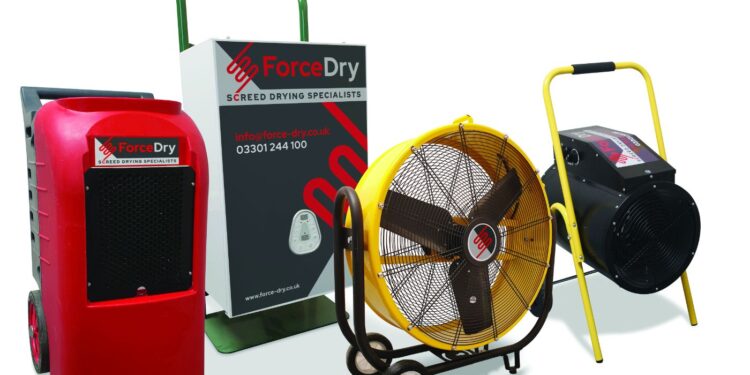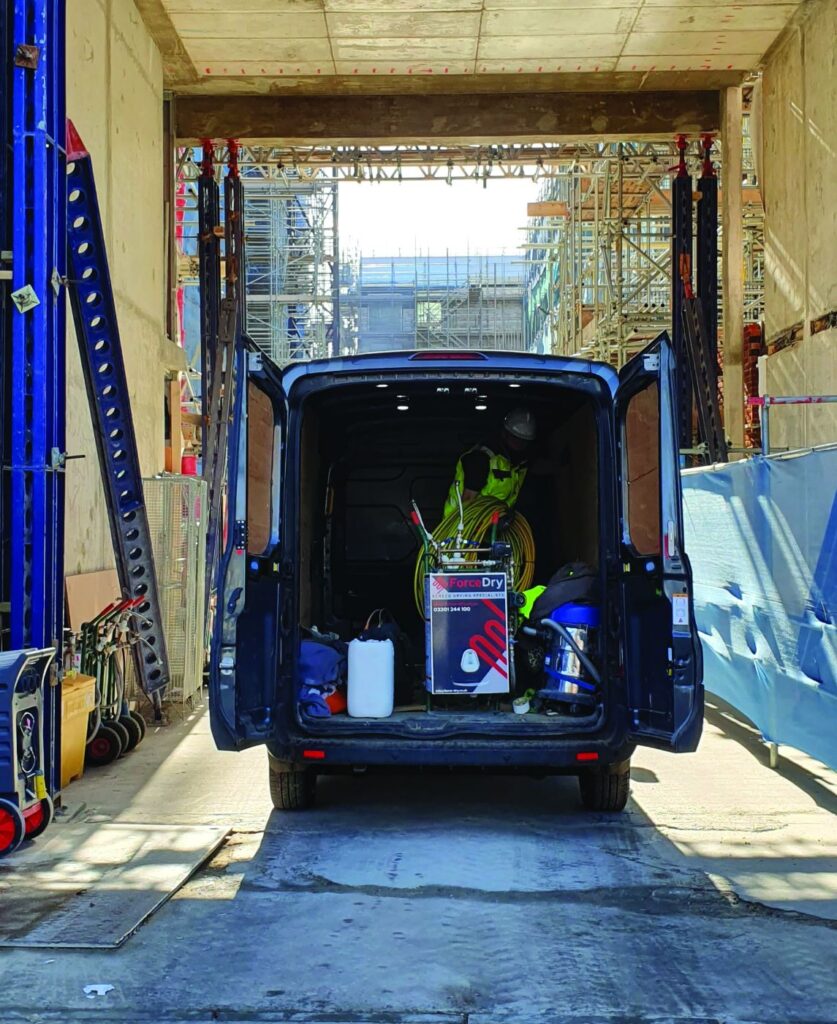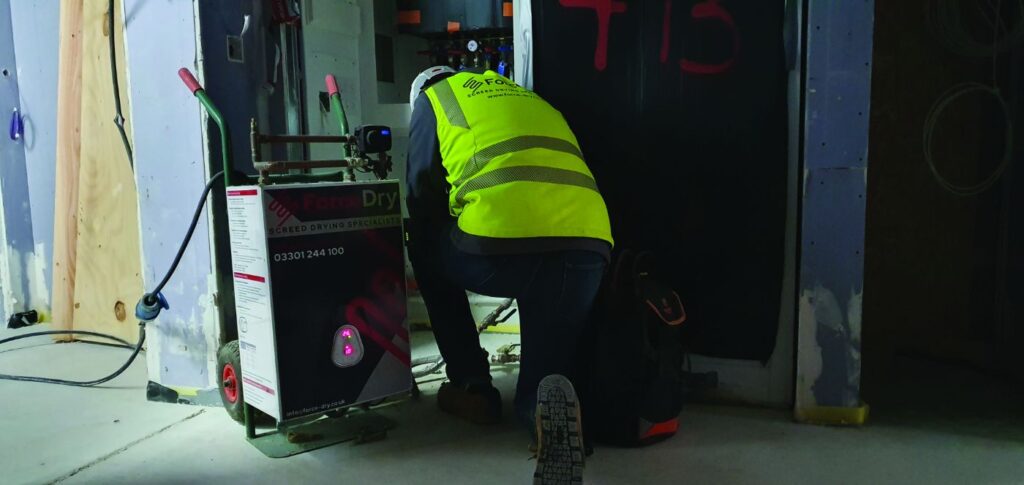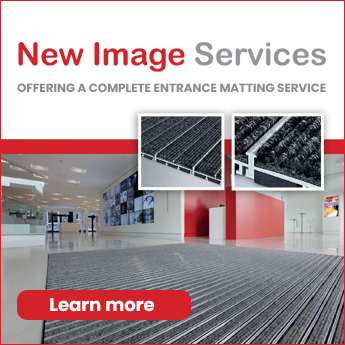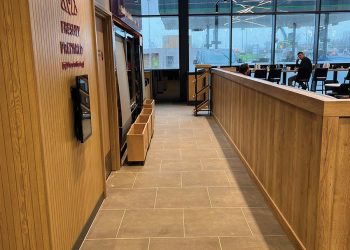ESTABLISHED in 2012, ForceDry is the UK’s leading independent screed testing and drying company, with expertise in the management, drying, commissioning, and testing of screeds. ForceDry’s bespoke systems solve many of the big issues affecting construction projects and allow the opportunity to save and even gain time on a build.
Our services give detailed understandings into the state of poured screeds, meet British Standards (BS8204-7) and give better level of quality assurance to a project.
Excess moisture in subfloors is a common issue found across projects. It’s a constant headache for projects who have poured screed and are wanting to push the project on quickly, without subsequent problems in the future.
Explaining the problems
There are many different screed types on the market and a common factor is the atmospheric conditions they need to dry. Manufacturer’s guidance generally requires an air temperature of 20°c, relative humidity of 65% or lower for 24 hours across an entire project eg, a screed laid at 50mm thickness will usually take 60 days to dry, working on the bases of the first 40mm dries at 1mm per day and the last 10mm dries at 0.5mm per day. (You can also check the conditions required for your projects screed type on the data sheet). In the UK it is very unlikely that the natural environmental conditions will be the same as the manufacturer’s guidance, for the whole of a screeds natural drying time
To fully understand the recommended drying times for a screed, check the manufacturer’s data sheets.
Screed data sheets are often overlooked yet contain key information that may affect the drying time of a screed. ForceDry work with the market leading screed manufacturers. Our relationship with these companies means that we have always got the latest expert advise and best knowledge of the ever-changing innovations within screed manufacturing helping to put client’s minds at ease.
Time isn’t the only factor that can affect the natural drying of a screed, the atmospheric conditions present are also extremely important. Realistically the ideal conditions specified in manufacturers guidance are very rarely achieved in the UK, even during peak summer times.
Daily temperature, humidity and moisture fluctuations make it common for a screed to still be wet after months of natural drying, which subsequently slows the progress on site and results in excess moisture being present within a subfloor.
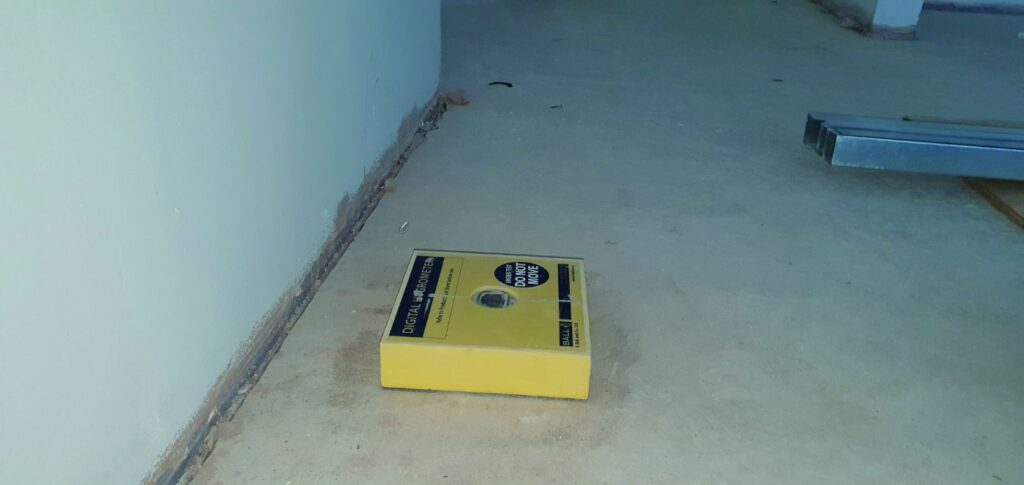
What can go wrong?
If the screed hasn’t been correctly commissioned and the floor finish is laid when moisture is still present with in the subfloor there is a number of issues that can occur. When UFH is switched on for the first time the temperature that is put through the floor can present a high risk of thermal shocking.
This temperature increase will also drive any remaining moisture out of the subfloor, resulting in the lifting, curling and de-bonding of floor finishes. These can be extremely expensive problems to rectify later down the line. Skipping this step may also invalidate any flooring warranties.
The floor is too wet!
Having a good relationship with the flooring contractor is key when having underfloor heating and screed laid in conjunction with each other. Ideally, commissioning, and drying programmes will be completed with the minimal amount of time between the end of the programmes and the installation of the flooring finishes, ensuring the screeds are not left exposed to contamination and water ingress.
If a dried and commissioned screed is left unfinished then it is possible for moisture to find its way back into the screed, potentially resulting in floor finish issues.
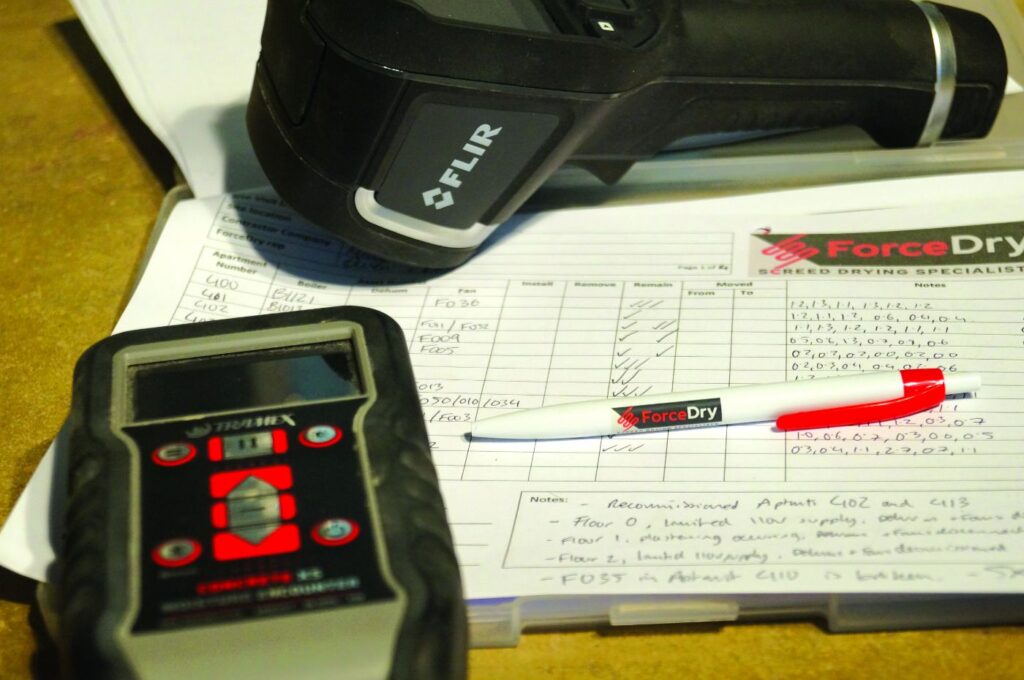
Each floor finish has a specific manufacturer’s required RH level within the screed to allow the floor finish to be install. So, first thing is to establish what is the required RH level. This will then determine the plan of action going forward for drying, commissioning, and testing.
ForceDry utilises three different methods to determine the moisture content within screeds, using the findings to inform the client and flooring contractors. This is so that the floor finish remains uncompromised and unaffected (the flooring contractor should also carry out their own testing).
A quick, non-invasive testing method is a surface test, comprising of a moisture testing metre (ForceDry use a Tramex CMEX5) that uses electrical impedance to evaluate the moisture conditions within a screed.
The CMEX5 is used for monitoring the most crucial moisture and humidity conditions information both during the screed drying process and at the time of installation of floor coverings, adhesives, or coatings. The CMEX5 determines the strength of the current and converts this to a moisture content value for cementitious and anhydrite screeds.
Invasive testing can be used to determine the moisture content deeper with in the body of the screed. A Hygro-stick is inserted into a pre-drilled hole, this will then enable us to determine the moisture content deeper within the screed.
ForceDry use digital hygrometers (hood hygrometers) which are advocated by British Standards (BS8201, BS8203, BS5325). These devices are humidity hoods with built in hygrometers and are used to corroborate the other moisture content tests undertaken. Hood hygrometers measure the relative humidity levels directly above the screed over a period of 72 hours.
Testing requires the right equipment and expertise to interpret and manage the results, so consider who will carry out the screed testing carefully.
What ForceDry can do to help
ForceDry offer systems that act predictably to the ensuing issues that may arise from poorly managed and dried screed. However, ForceDry methodologies can also be used reactively to rectify problems that may arise, reducing remediation costs and saving valuable time on a project.
There are some basic methodologies that can be undertaken to create and maintain the perfect environment not only to ensure a correctly dried and commissioned screed but also to benefit other wet trades too!
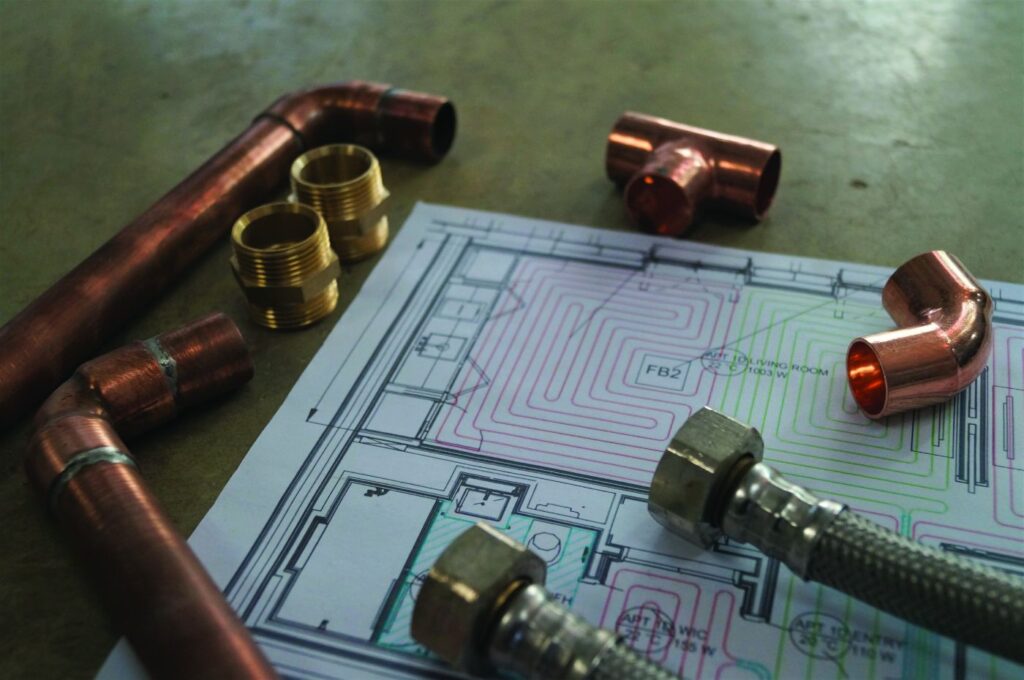
1 – Heat
The most important factor for correctly commissioning a screed is heat. For projects with traditional radiators, you should consider turning on your heating system to provide a consistent background heat and keep the building and environment warm. If your project has underfloor heating, you have the opportunity to run a full force dry programme and dry your screed even more quickly. ForceDry run a very specific and controlled programme to ensure that screed is dried in the fastest and safest manor, either seek advice from your screed manufacturer or contact ForceDry to discuss. The flooring installations normally take place prior to completion of permanent heating systems. So many projects will not have their heating systems up and running to commission and dry their screeds, in this case consider hiring specialist temporary boilers so your project can keep pushing forward.
2 – Dehumidification
When water evaporates from the screed the air becomes saturated so it’s unable to carry any more. This saturation impedes the drying process as less water can be absorbed by the air, slowing progress, and impacting drying times.
Dehumidifiers are essential to extract and manage the moisture in the air above the screed. The dry air then recirculates over the screed and encourages it to give up even more moisture and helps it to dry quicker.
The exact number of dehumidifiers you need will depend on its capacity and the cubic volume or m³ of the dwelling. The bigger the capacity of the dehumidifier the fewer you will need.
Dehumidifiers should be placed centrally within a room so they can see and service the biggest volume of air. Never place them facing a wall, behind an open door or tucked in a corner. If they can’t see the air, they can’t manage it. You should also consider moving them around regularly, so all areas of the dwelling benefit.
3 – Air Flow
Air management is important to ensure dehumidification is being controlled evenly throughout a dwelling. This is so you can avoid pockets of still, saturated air from building up and impeding the drying process in some areas. The screed should dry consistently and evenly throughout a property.
To do this you need excellent air flow to move the heavy, moist air around the dwelling towards the dehumidifiers so they can work their magic!
Consider the layout of your dwelling, if there are lots of smaller rooms, or areas far from where your dehumidifier can reach you should place fans there. Keep internal doors open so the air flows nicely around the property, pointing your fans into the main body of the room or hallway to de-stratify the air and distribute the air as far and wide as possible. Fans and dehumidifiers should be regularly moved to allow for even drying throughout a property.
FORCEDRY
03301 244100
info@force-dry.co.uk
www.force-dry.co.uk



